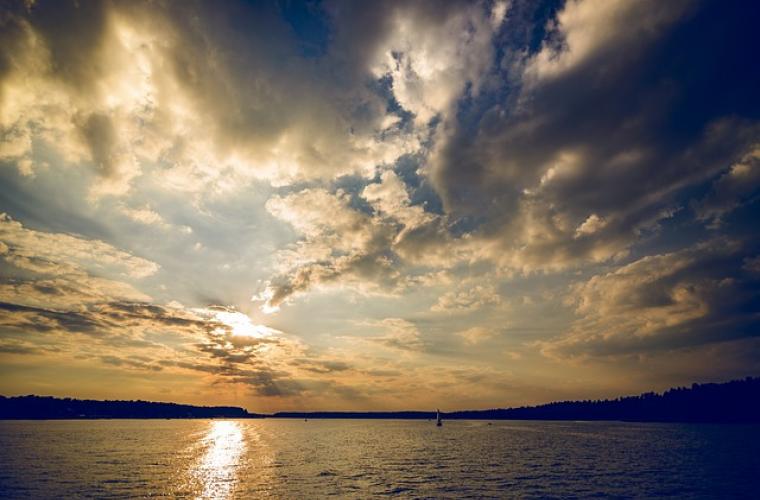“Ahead of the first ever World Drowning Prevention Day, it is more important than ever to highlight the need to be aware of water safety."

Last year saw an increase in water-related fatalities and accidental drowning deaths, the Local Government Association warns ahead of the inaugural World Drowning Prevention Day tomorrow.
The number of water-related fatalities increased last year despite the COVID-19 pandemic and subsequent lockdowns, with a total of 631 losing their lives in UK waters. Fifty eight per cent of these deaths happened in inland water, with almost half of all people having no intention to be in the water, such as those walking who tripped, fell or were swept in by waves.
Research shows that almost a quarter of children cannot swim the statutory 25 metres by the time they leave primary school.
The LGA says that all primary school leavers should be able to meet the curriculum target of being able to swim this distance and perform safe self-rescue in different water-based situations. It said young people also need to better understand the dangers of cold water shock, tombstoning - which involves jumping or diving in a vertical position from height into water - and the risks posed by tides, currents and unstable ground near water.
Availability of swimming pools can be a stumbling block for schools with 72 per cent of primary schools relying on publicly owned swimming facilities which brings with it the additional cost of transport.
It is estimated that 10 per cent of swimming pools – many run by councils – may close permanently as a result of the COVID-19 pandemic. The LGA says that further investment through the National Leisure Recovery Fund is needed to preserve these critical community facilities in the short term.
Cllr Nesil Caliskan, Chair of the LGA’s Safer and Stronger Communities Board, said:
“Ahead of the first ever World Drowning Prevention Day, it is more important than ever to highlight the need to be aware of water safety.
“Every child should have access to this information and to a swimming pool where they can learn to swim, which can be a fun way to exercise, but also to keep themselves safe in water.
“The dangers associated with open water can cause you problems even when you’re not planning on getting wet, so it is absolutely crucial that people learn to respect water at a young age and know how to react if they find themselves in a difficult situation.
“If you do happen to find yourself in trouble, float on your back and catch your breath for a minute before swimming to safety or calling for help, as the effects of cold water shock pass in less than sixty seconds.”
Anyone who spots someone in danger in open water is advised not to enter the water to rescue them, but to call 999 and ask for the Coastguard or the Fire and Rescue Service if they are inland.
Notes to editors
- The LGA’s refreshed water safety toolkit can be found online.
- National Water Safety Forum release on last year’s statistics.
- The Royal National Lifeboat Institution urges everyone to get to grips with the common risk factors association with open water and find out how to minimise them.
- The Royal National Lifeboat Institution also advises anyone who falls into water to fight their instinct to swim and instead remember to float first, which could save them from cold water shock and drowning.
